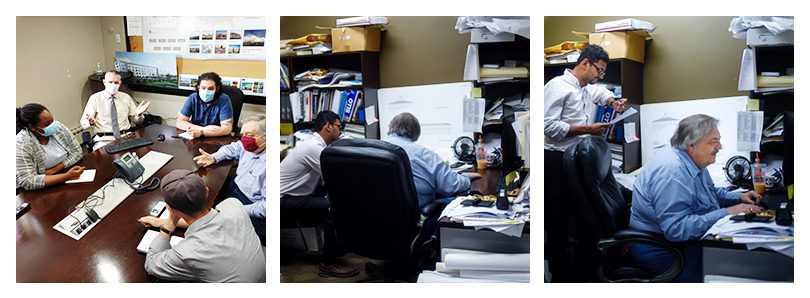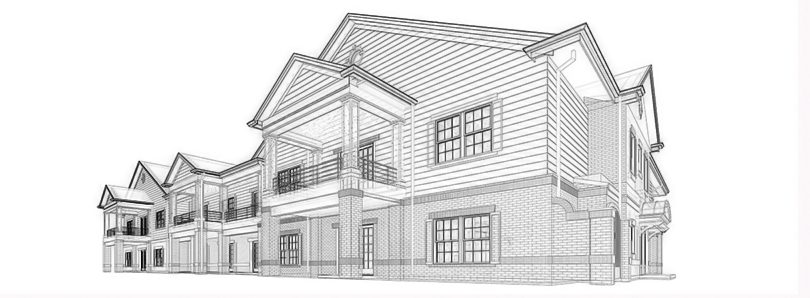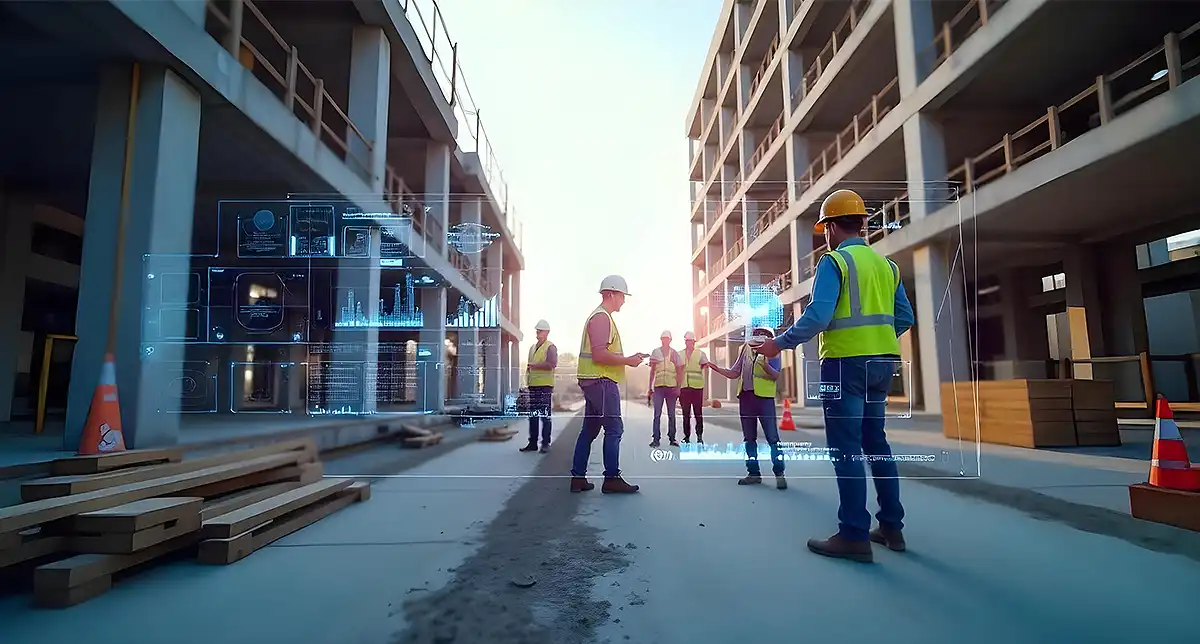The term construction management, in its most common use, refers to the act of managing the construction process. The construction manager, who may be a contractor, project manager, superintendent, or one of their representatives, manages the basic resources of the construction project.
These resources include workers and subcontractors, equipment and construction plant, materials, money, and time. Competent construction management results in the completion of a project on time and within budget. Mediocre construction management practices, conversely, often result in one or more of the following:
- Project delays that raise labour and equipment costs (and borrowed funds)
- High material costs as a consequence of poor purchasing methodologies, inefficient handling, and/or loss
- A poor relationship between contractor and subcontractors and increased subcontractor cost
- High insurance costs caused by damage or loss in material and equipment, or a poor safety record
- Low-profit margin or a loss of construction volume
These problematic management practices will inescapably lead to contractor failure. Other than the principal objectives of completing the project on time and within budget, every construction manager has a number of other important duties. These include safety, worker solidarity, public and professional relations, productivity growth, innovation and improvement of technology.
Successful projects usually mean you are able to complete the project on time and within the budget. Some below-mentioned strategies can be adopted to be a successful construction project manager.
1.Real-Time Communication
Construction projects usually host many stakeholders, including lead contractors, project proprietors, subcontractors, architectural designers, sellers, and administrative staff, all of which should be updated with the project progress. You need to build up a consistent correspondence stream among the various stakeholders of the project. Continuous and transparent correspondence guarantees that the project moves along as expected and decreases the number of calls and emails.
You can have a productive communication by setting up a unified communication system. This assists you with synchronizing archives, photographs, and schedules in one place. You can screen expenses, updates, and changes in real-time. It eases access to information. All progressions made ought to be informed immediately through automated systems, alerts, and visual dashboards.
2.Clearly define team about their roles
When everything about the initiation of a project is finalized, you need to hire a competent task group. For each task, allocate people who have the right abilities, skills, and characters. Every individual ought to be educated regarding what’s expected of them and the expectations required from them toward the completion of the project. Usually, when the construction details of a project is finalized, owners or owner’s representatives release an RFP to hire an Engineering, Construction, and Architectural Design Firm to do the job.
As the project manager, you need to encourage positive working dynamics and be a mentor to all your colleagues. When you have the right arrangement of people, keep them motivated and driven, regardless of whether things are continuing well. You need to use your leadership abilities to deal with the difficulties faced during the execution of various tasks.
3.Select your contractor methodically
Choosing the right construction contractor is a crucial decision that can significantly impact the success of your project. A qualified and reliable contractor enhances the likelihood of your project being completed on time and within budget. While technical evaluations are important, there are practical factors to consider when screening potential contractors.
Financial Stability: It’s essential to assess the financial standing of a contractor. Review their financial history, including profit, turnover, and available funds. A contractor with strong financial health is more likely to manage project challenges effectively and complete the work as promised.
Technical Expertise: Look at the contractor’s track record in terms of experience, equipment, and the skill of their team. A contractor with a solid technical background ensures your project will be executed to high standards and within the required specifications.
Management Capability: Evaluate the contractor’s project management system and their experience in managing similar projects. Look for a proven history of quality control, strong technical personnel, and an efficient management team. Their approach to quality assurance and their experience with large-scale projects are key factors in ensuring successful project delivery.
Experience and Safety: Consider the contractor’s senior management team, their tenure with the company, and their responsibilities. A stable, experienced leadership team is essential for overseeing the quality and safety of the project.
Current Projects and Backlogs: Review the contractor’s current projects and workloads. Assess the size, location, and status of these projects to ensure they have the capacity to take on your project. Look at past project successes, client relationships, and how they’ve cooperated with subcontractors in the past. This will give you an understanding of how they manage multiple commitments and their ability to meet deadlines.
By carefully considering these factors, you can select a contractor who is not only qualified but also reliable and well-equipped to successfully manage your construction project.
4.Data-Driven Construction Project Plan: Ensure Success
Choosing the right construction contractor is one of the most important decisions in managing a successful construction project. The contractor you select can directly impact the timeline, budget, and overall outcome of your project. To maximize efficiency and success, it’s essential to adopt a data-driven construction management plan that focuses on the key criteria for selecting a contractor.
Key Criteria for Contractor Selection
1.Assess Financial Stability of the Contractor
2.Evaluate Technical Expertise and Track Record A competent construction contractor.
3.Examine Management and Project Delivery Systems.
4.Check for Experience in Safety and Quality Assurance.
5.Review Current Projects and Backlog Capacity.
5.Developing a Construction Schedule and Timeline
To keep your project on track, create a data-driven construction schedule that incorporates the contractor’s availability, project milestones, and resource allocation. Regularly review and update the schedule to ensure that the contractor is meeting deadlines and staying within the allocated budget. A well-structured project timeline helps you monitor progress and quickly identify any delays or issues that need addressing.
By integrating these critical factors into your contractor selection process and developing a comprehensive plan, you can increase your chances of a successful construction project. The key is using data-driven decisions that allow you to select a contractor who meets both your project needs and financial expectations.
6.Have a documentation and communication system in place
Documentation of the project from the start should be defined, routinely refreshed, and simple to follow. At whichever phase the project is, the associated stakeholders should sign the documents prior to filling them. Having a document management system can help you monitor all reports and guarantee that there’s no loss of documents. Usually, the architecture or engineering design firm is responsible for the documentation of the plans.
Having an elaborate document management system set up doesn’t imply that the task will be finished within the proposed budget and on schedule. Along these lines, you need to introduce all the project documents to the partners with the goal that they can have the option to oblige unanticipated possibilities. In the event that such circumstances emerge, with the supporting documents that are reviewed, you can deflect expected conflicts, project delays, or legal issues.
7.Have a stringent and efficient project handover process
Whenever you’ve won the bid and sign the contract, assure that you read the document before signing it. The contract is a binding document that allows the client and the contractor to meet their respective contractual obligation to complete the said scope or specification within the budget and schedule time. The better you are aware of the terms and conditions, the better you can deal with the conflicts that are beyond the signed contract.














